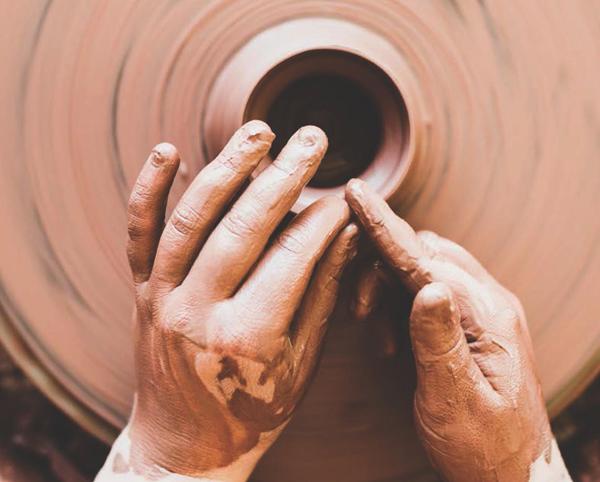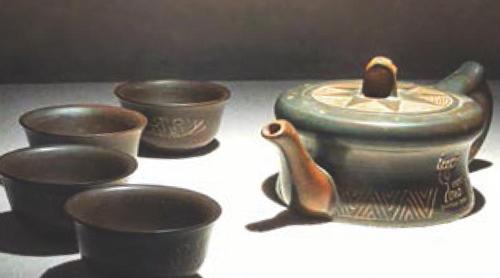Qinzhou Nixing Pottery: The Art Forged by Soil and Fire
2019-10-15



Craftsmen devote time and energy to creating their works that contain their own ideas and understandings of life, so the handicrafts are the containers of craftsmen's spirits and also are the best proofs for the cultural inheritance. Nixing Pottery witnesses the historical changes of Qinzhou City, Guangxi Zhuang Autonomous Region, China, and also embodies the awareness of Qinzhou people who inherit the traditional pottery-making technique. Close with the Qinzhou Nixing Pottery to realize a kind of art forged by soil and fire.
The past of Nixing Pottery
Pottery is a type of common life utensils in the ancient time, so it can be considered as a piece of evidence recording the society of a specific era. As one of the Chinese four famous potteries (the other three are Yixing Zisha Pottery, Yunnan Jianshui Pottery and Chongqing Anfu Pottery, respectively), Nixing Pottery was invented before the Tang Dynasty (618-907) when the technique of making Nixing Pottery became the greater. Qinzhou City is the origin of Nixing Pottery, which was usually used as a teapot in ancient life. Advanced land and water transportations of Qinzhou City speeded up the progress of the pottery manufacture industry. Later, in the Qing Dynasty governed by the Emperor Xianfeng (1831-1861), the growth of Qinzhous pottery-making entered a period of great prosperity, hence, Nixing clays were also used for producing smoking putties, vases and stationeries.
Due to the inheritance and improvement by generations of craftsmen, Nixing Pottery enjoys a widespread reputation in the world that it achieved the gold medal on the Panama-Pacific International Exposition held in San Francisco of the U.S. in 1915 and was exported to more than 30 countries and regions like Southeast Asia, East Europe and America. Time makes the pottery fulfill the role transformation from a set of daily-use articles to a name card of Qinzhous traditional crafts. Qinzhou Nixing Pottery Museum is a locality where various pottery works have been exhibited for presenting the long history and culture of handicrafts to the public. Nixing Pottery is a good storyteller narrating the social revolution and showing the splendid Chinese civilization.
Exquisite technique
cohering painstaking efforts
Good fame can be achieved by momentary merits but be kept by long-term excellence. The craftsmanship is the root of Nixing Pottery and is also a cultural heritage of the country. Taking indigenous purple clays from the west and east coast of Qinjiang River as the raw materials, potters break the weathering clays, which have experienced breaking, dissolving and oxidizing for four to six months, and then mix clay from two coasts in a ratio utterly to form the pottery blank. The most representative feature of Nixing Pottery is that potters fire the shaped blank without any color figures, but in the process of the transmutation, the blank would have gorgeous colors and textures naturally.
